Home>Technology>Security & Surveillance>How To Lubricate A Car Door Lock
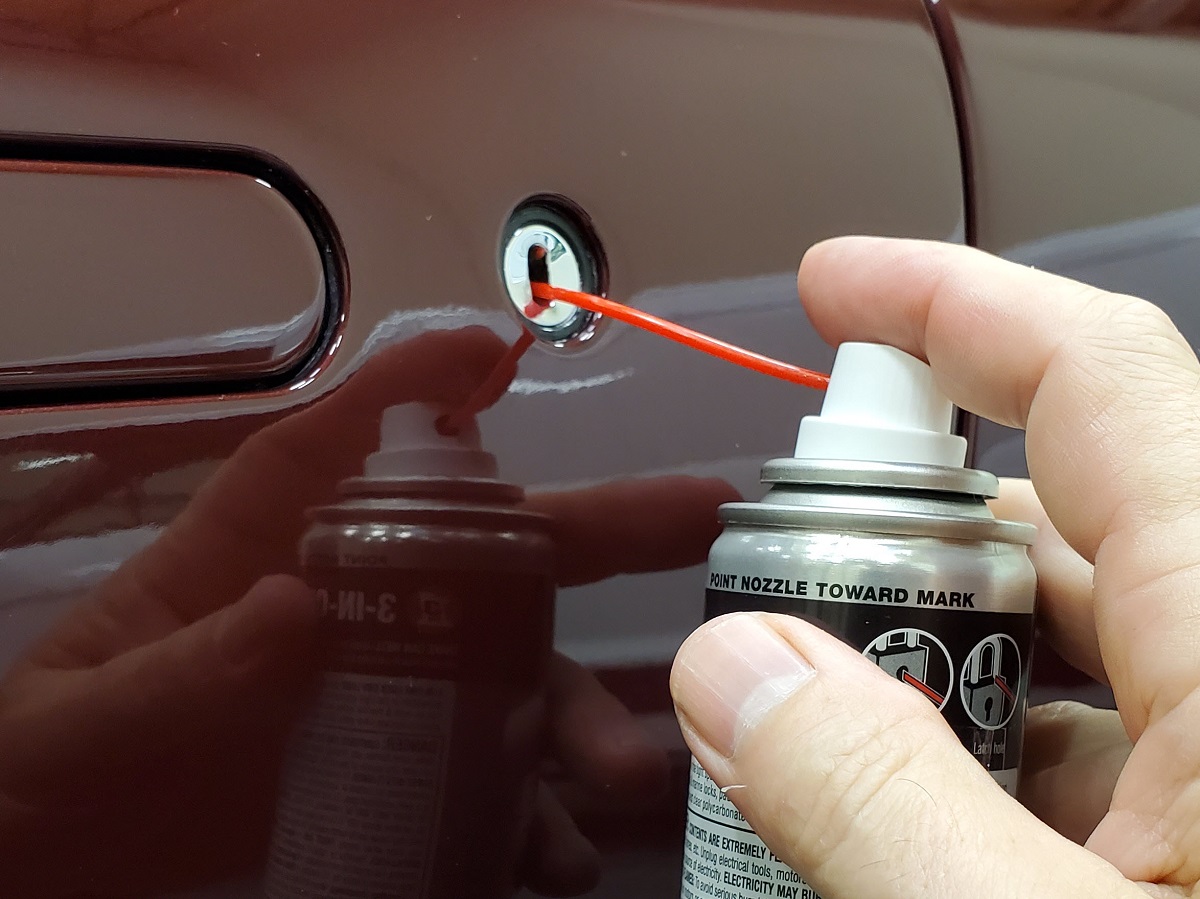

Security & Surveillance
How To Lubricate A Car Door Lock
Modified: August 17, 2024
Learn how to properly lubricate your car door lock to ensure smooth operation and enhance security. Follow these simple steps to maintain your security and surveillance system.
(Many of the links in this article redirect to a specific reviewed product. Your purchase of these products through affiliate links helps to generate commission for Storables.com, at no extra cost. Learn more)
Introduction
When it comes to maintaining your vehicle, the importance of a smoothly functioning car door lock cannot be overstated. A properly lubricated car door lock not only ensures effortless access to your vehicle but also plays a vital role in safeguarding your automobile against potential security threats.
In this comprehensive guide, we will delve into the intricacies of car door locks, explore the significance of using the right lubricant, and provide step-by-step instructions for effectively lubricating your car door lock. Additionally, we will address common issues that may arise with car door locks and offer troubleshooting tips to help you keep your vehicle secure and accessible.
So, fasten your seatbelt and get ready to unlock the secrets of maintaining a reliable and secure car door lock. Whether you're a car enthusiast or simply a conscientious vehicle owner, this guide will equip you with the knowledge and skills to ensure that your car door lock operates smoothly and stands as a stalwart guardian of your automobile's security.
Key Takeaways:
- Choose the right lubricant: Graphite, silicone, or Teflon-based lubricants are ideal for car door locks. Avoid oil-based products to prevent attracting dirt and gumming up the mechanism.
- Troubleshoot common issues: Address key difficulty, frozen locks, and stiff mechanisms promptly to maintain the functionality and security of your car door lock.
Read more: How To Lubricate Door Lock
Understanding Car Door Locks
Car door locks are integral components of a vehicle’s security system, designed to prevent unauthorized access and protect the occupants and belongings within. These locks typically consist of a cylinder, tumblers, and an actuator, which are operated by a key or a remote control. The mechanism is engineered to engage and disengage the locking system, allowing the door to be securely closed or opened.
Modern car door locks often incorporate advanced technologies, such as keyless entry systems and electronic immobilizers, to enhance security and convenience. Keyless entry systems utilize radio frequency signals to communicate with the vehicle, enabling seamless locking and unlocking with the push of a button. Electronic immobilizers, on the other hand, prevent the engine from starting unless the correct key or key fob is used, effectively deterring theft.
Understanding the anatomy and functionality of car door locks is crucial for maintaining their optimal performance. Over time, exposure to environmental elements and frequent use can lead to wear and tear, potentially compromising the effectiveness of the locking mechanism. Therefore, regular maintenance, including lubrication, is essential to ensure smooth operation and longevity.
By familiarizing yourself with the intricacies of car door locks, you can gain a deeper appreciation for their role in vehicle security and take proactive measures to preserve their functionality. In the following sections, we will explore the best practices for lubricating car door locks and address common issues that may arise, empowering you to uphold the security and accessibility of your vehicle.
Choosing the Right Lubricant
When it comes to lubricating a car door lock, selecting the appropriate lubricant is paramount to ensuring optimal performance and longevity. The ideal lubricant should possess properties that facilitate smooth operation, offer long-lasting protection against corrosion, and withstand varying environmental conditions. Here are key factors to consider when choosing the right lubricant for your car door lock:
- Graphite-Based Lubricants: Graphite-based lubricants are well-suited for car door locks due to their dry and powdery consistency. They offer excellent lubrication without attracting dust and debris, making them ideal for intricate lock mechanisms. Additionally, graphite-based lubricants provide effective protection against rust and corrosion, enhancing the longevity of the lock.
- Silicone-Based Lubricants: Silicone-based lubricants are known for their water-resistant properties, making them suitable for outdoor applications. They provide smooth and consistent lubrication, while their water-repellent nature helps prevent moisture-induced corrosion. Silicone lubricants are particularly beneficial for car door locks exposed to harsh weather conditions.
- Teflon-Based Lubricants: Teflon-based lubricants offer exceptional lubricating properties and are resistant to dirt and grime. They provide a slick and long-lasting coating, reducing friction within the lock mechanism. Teflon lubricants are well-regarded for their durability and ability to withstand extreme temperatures, making them a reliable choice for car door locks.
It is important to note that while choosing a lubricant, it is advisable to avoid oil-based products, such as WD-40, as they can attract dirt and gum up the lock mechanism over time. Additionally, using grease or heavy oils may impede the delicate operation of the lock and lead to accumulation of debris, ultimately hindering its functionality.
Prior to applying the selected lubricant, it is recommended to clean the car door lock with a gentle solvent to remove any existing debris or remnants of old lubricant. This preparatory step ensures that the new lubricant can effectively penetrate the lock mechanism and provide optimal lubrication.
By carefully considering the properties of different lubricants and selecting one that aligns with the specific requirements of car door locks, you can effectively safeguard the integrity of the locking system and contribute to a seamless and secure vehicle access experience.
Use a silicone-based lubricant to spray into the car door lock. Insert the key and turn it a few times to distribute the lubricant. Wipe off any excess to prevent attracting dirt.
Lubricating the Car Door Lock
Now that you have chosen the right lubricant for your car door lock, it’s time to proceed with the lubrication process. Properly lubricating the car door lock involves a systematic approach to ensure thorough application and optimal performance. Follow these steps to effectively lubricate your car door lock:
- Prepare the Lock: Begin by ensuring that the car door lock is free from dirt, debris, and remnants of old lubricant. Use a gentle solvent or a specialized lock cleaner to clean the internal components of the lock, allowing the new lubricant to adhere effectively.
- Apply the Lubricant: With the lock clean and dry, apply a small amount of the chosen lubricant directly into the keyhole. Use the provided applicator nozzle or a precision oiler to deliver the lubricant deep into the lock mechanism. Exercise caution to avoid over-application, as excessive lubricant may attract dust and impede the lock’s functionality.
- Operate the Lock: Insert the key into the lock and turn it several times to distribute the lubricant throughout the mechanism. This action helps ensure that the lubricant coats the internal components, minimizing friction and promoting smooth operation.
- Wipe Excess Lubricant: After operating the lock, use a clean, lint-free cloth to wipe away any excess lubricant that may have surfaced around the keyhole or on the exterior of the lock. This step helps prevent the accumulation of dirt and maintains a tidy appearance.
It is important to exercise restraint when applying the lubricant, as a minimal amount can effectively coat the internal components without leading to an excess buildup. Additionally, periodic lubrication, typically every six months or as needed, can help preserve the functionality and longevity of the car door lock.
By following these steps and adhering to the recommended lubrication intervals, you can uphold the smooth operation of your car door lock and mitigate the risk of potential issues arising from inadequate lubrication. A well-maintained and properly lubricated car door lock contributes to the overall security and accessibility of your vehicle, offering peace of mind and convenience in your daily travels.
Troubleshooting Common Issues
While regular lubrication can significantly mitigate potential problems with car door locks, certain issues may still arise over time. Understanding common issues and their troubleshooting methods empowers vehicle owners to address lock-related concerns effectively. Here are some common problems associated with car door locks and their respective troubleshooting approaches:
- Key Difficulty Turning: If you encounter resistance or difficulty when turning the key in the lock, it may indicate a buildup of debris or lack of lubrication. In such cases, carefully clean the keyway and apply a suitable lubricant to facilitate smooth key operation.
- Key Fob Malfunction: When the key fob fails to unlock the car door, the issue may stem from a depleted battery or a faulty remote. Replace the battery in the key fob and ensure that it is synchronized with the vehicle’s locking system to restore proper functionality.
- Frozen Lock: In cold weather, car door locks may freeze due to moisture accumulation. To address this issue, use a specialized de-icer or carefully apply heat to the lock with a hairdryer to thaw the ice and restore normal operation.
- Stiff Lock Mechanism: A stiff or resistant lock mechanism can result from the accumulation of dirt and grime. Thoroughly clean the lock components, including the latch and striker, and apply a suitable lubricant to alleviate friction and restore smooth operation.
- Internal Component Misalignment: If the lock fails to engage or disengage smoothly, internal component misalignment may be the cause. Seek professional assistance to inspect and realign the lock mechanism, ensuring that all components function harmoniously.
By addressing these common issues promptly and employing the recommended troubleshooting techniques, vehicle owners can uphold the functionality and security of their car door locks. Additionally, proactive maintenance, including periodic lubrication and visual inspections, can help identify potential issues before they escalate, contributing to a reliable and secure vehicle locking system.
Remember, the security and accessibility of your vehicle hinge on the proper functioning of the car door locks. By staying informed about common issues and their solutions, you can navigate potential challenges with confidence and maintain a steadfast defense against unauthorized access and security threats.
Read more: How To Lubricate Car Windows
Conclusion
As the custodian of your vehicle’s security, understanding the intricacies of car door locks and their maintenance is paramount to ensuring a reliable and secure driving experience. By familiarizing yourself with the anatomy and operation of car door locks, you gain insight into their critical role in safeguarding your vehicle and its occupants.
Choosing the right lubricant for your car door lock is a pivotal decision that directly impacts its performance and longevity. Whether opting for a graphite-based, silicone-based, or Teflon-based lubricant, the selection process demands careful consideration of the lock’s specific requirements and environmental factors. By adhering to best practices and avoiding oil-based products, you can effectively preserve the integrity of the lock mechanism.
When it comes to lubricating the car door lock, a systematic approach ensures thorough application and optimal functionality. By preparing the lock, applying the lubricant judiciously, and operating the lock to distribute the lubricant, you contribute to a smooth and reliable locking system. Regular maintenance, including periodic lubrication, is instrumental in upholding the performance and security of the car door lock.
Understanding common issues that may arise with car door locks empowers you to address potential concerns proactively. By troubleshooting key-related difficulties, frozen locks, and stiff mechanisms, you can maintain the functionality of the lock and mitigate security risks. Proactive maintenance and timely troubleshooting contribute to a dependable and resilient car door lock system.
As you embark on the journey of maintaining your car door lock, remember that your efforts not only enhance the security of your vehicle but also contribute to a seamless and convenient driving experience. By prioritizing the maintenance of your car door lock, you uphold the safety and accessibility of your vehicle, reinforcing your role as a vigilant guardian of automotive security.
Armed with the knowledge and techniques shared in this guide, you are well-equipped to navigate the intricacies of car door lock maintenance and ensure that your vehicle’s security remains uncompromised. With a well-lubricated and meticulously maintained car door lock, you can embark on your travels with confidence, knowing that your vehicle is fortified against unauthorized access and poised to accompany you on countless journeys ahead.
Frequently Asked Questions about How To Lubricate A Car Door Lock
Was this page helpful?
At Storables.com, we guarantee accurate and reliable information. Our content, validated by Expert Board Contributors, is crafted following stringent Editorial Policies. We're committed to providing you with well-researched, expert-backed insights for all your informational needs.
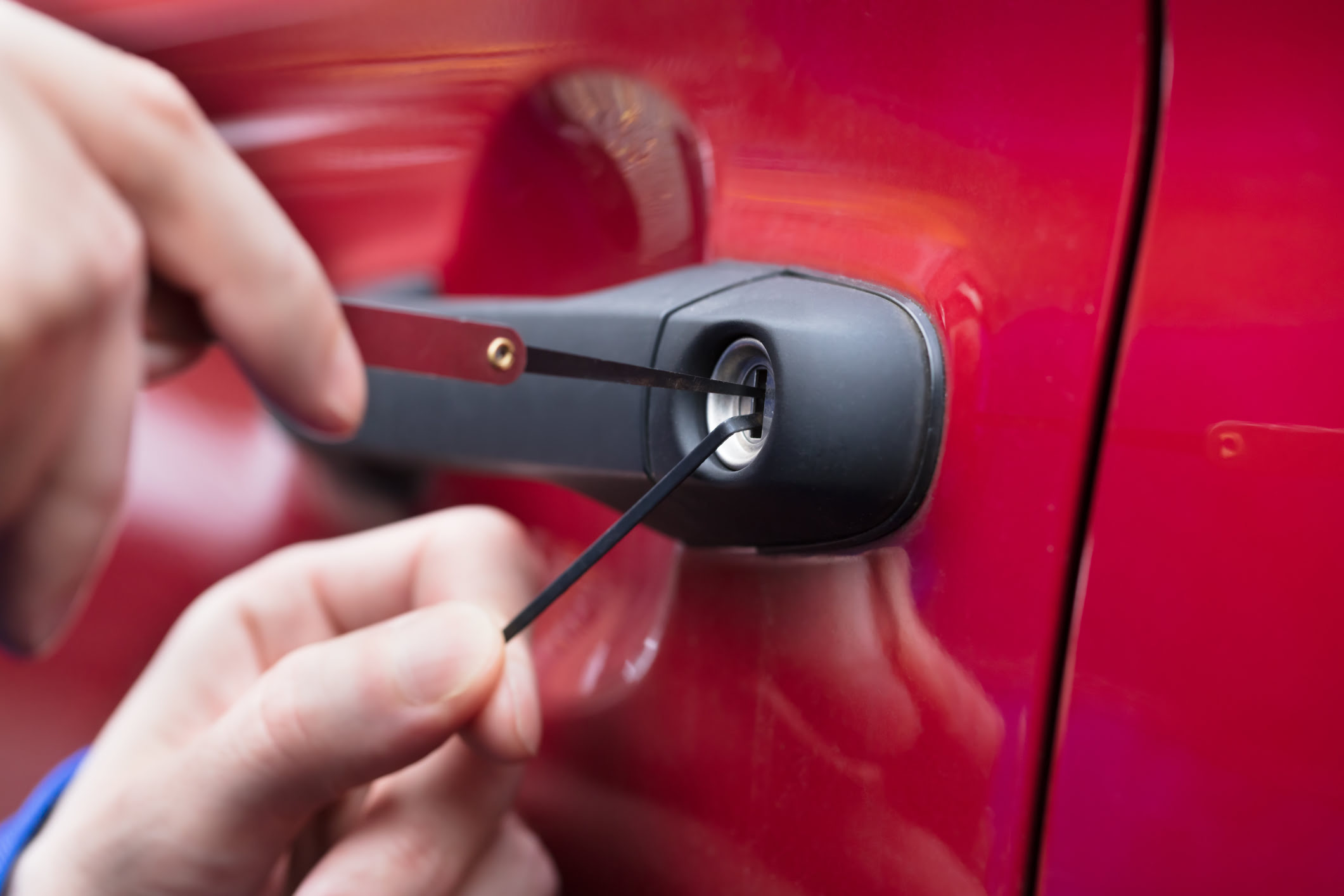
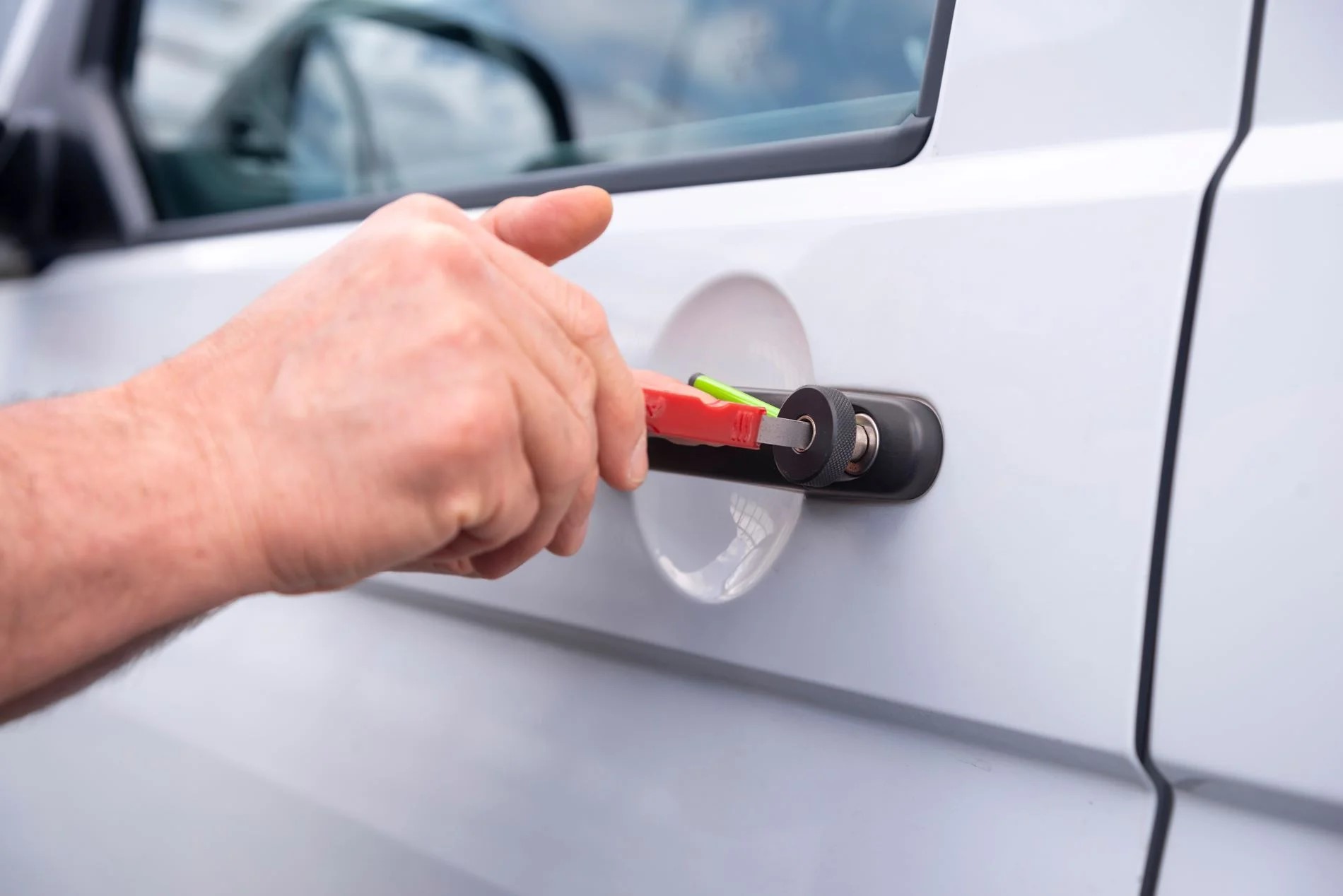
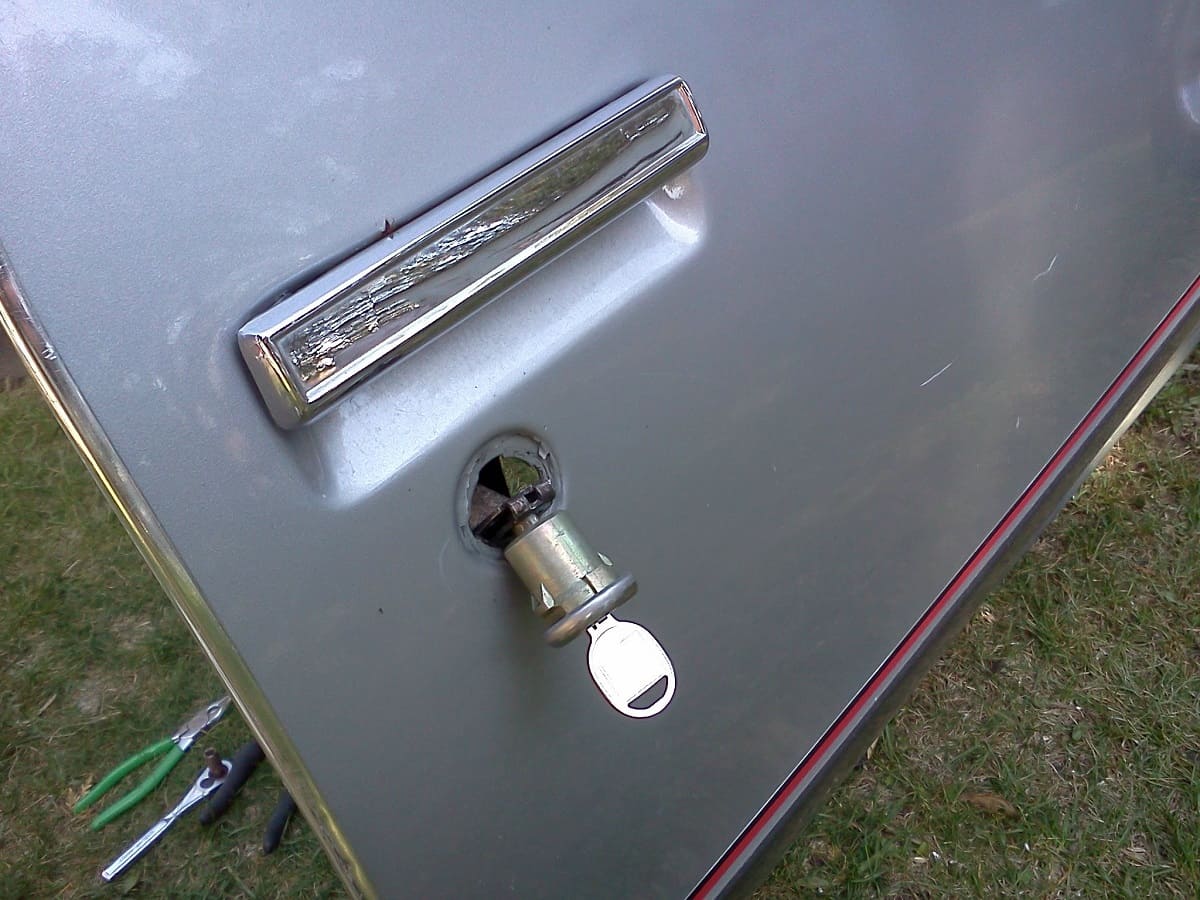
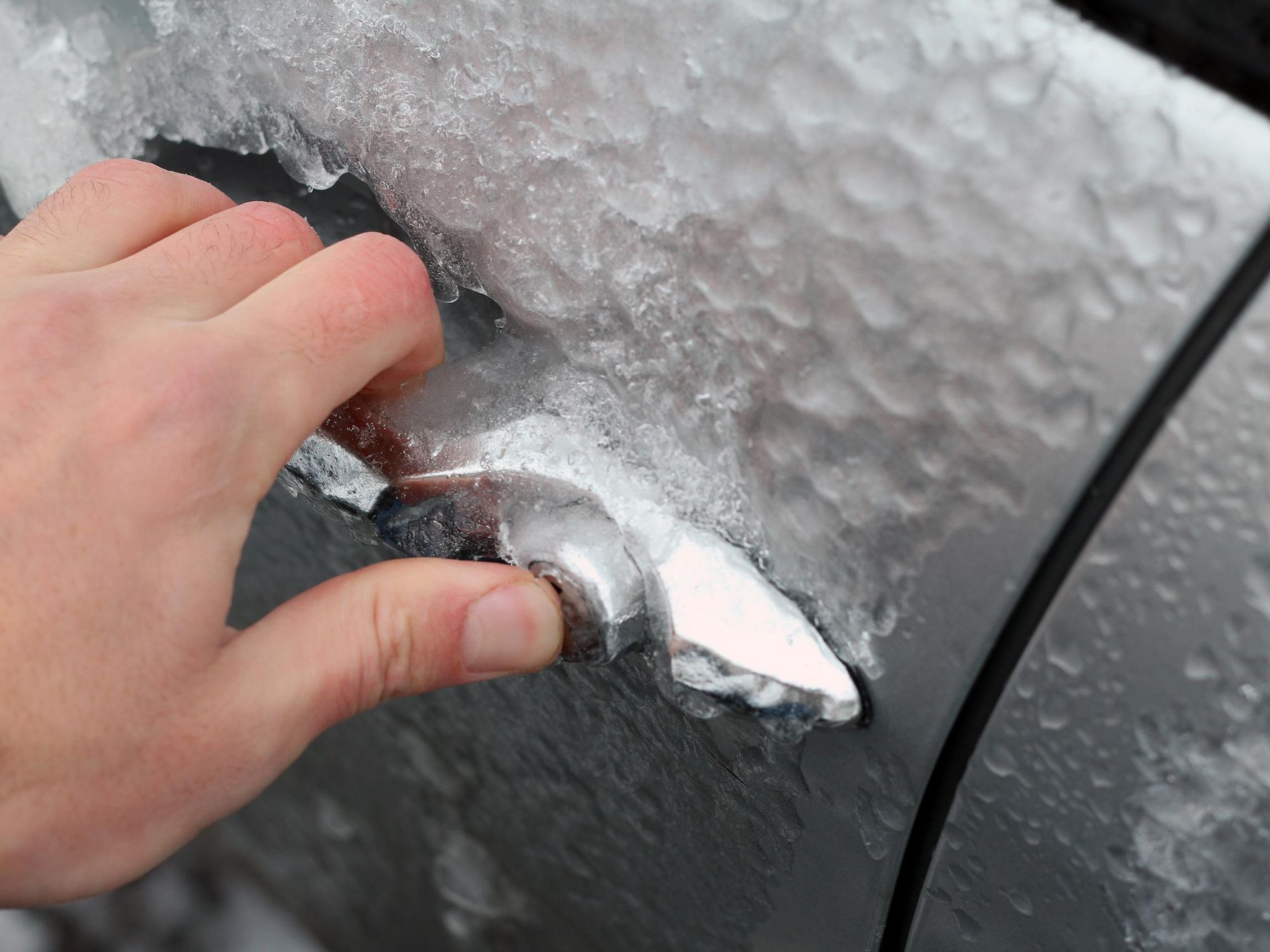
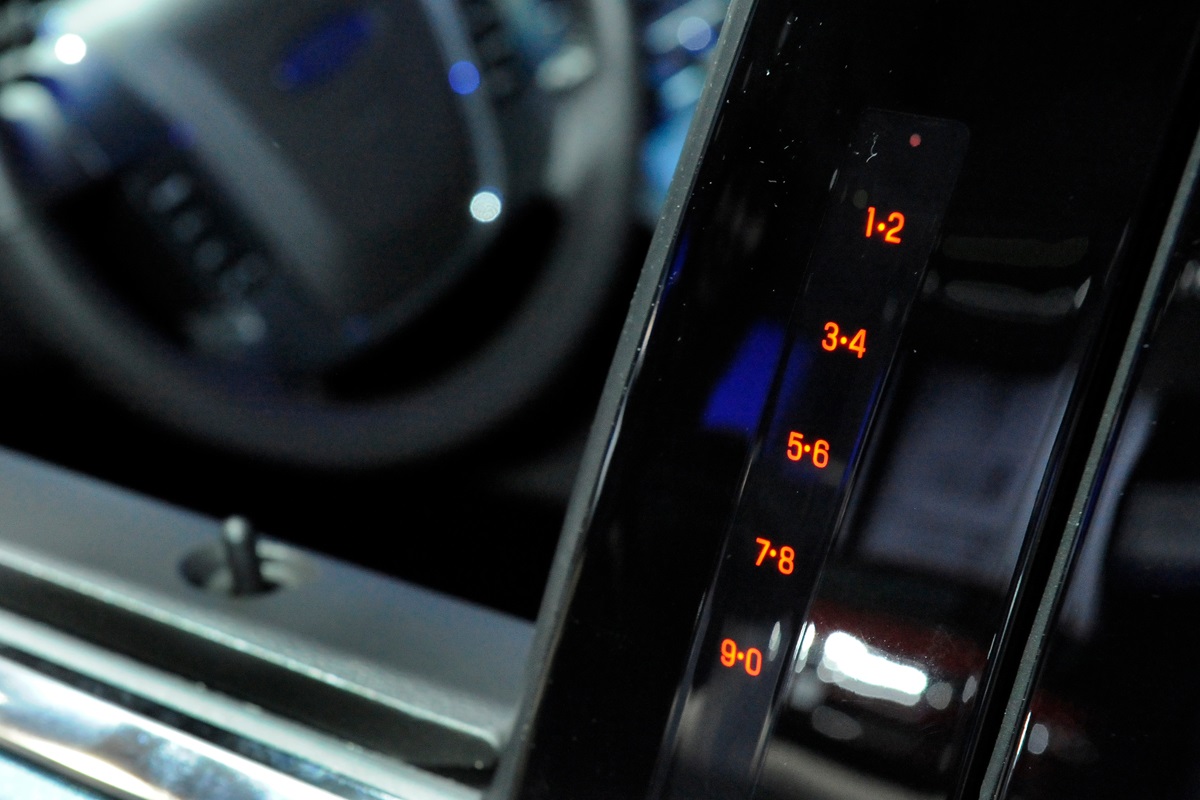
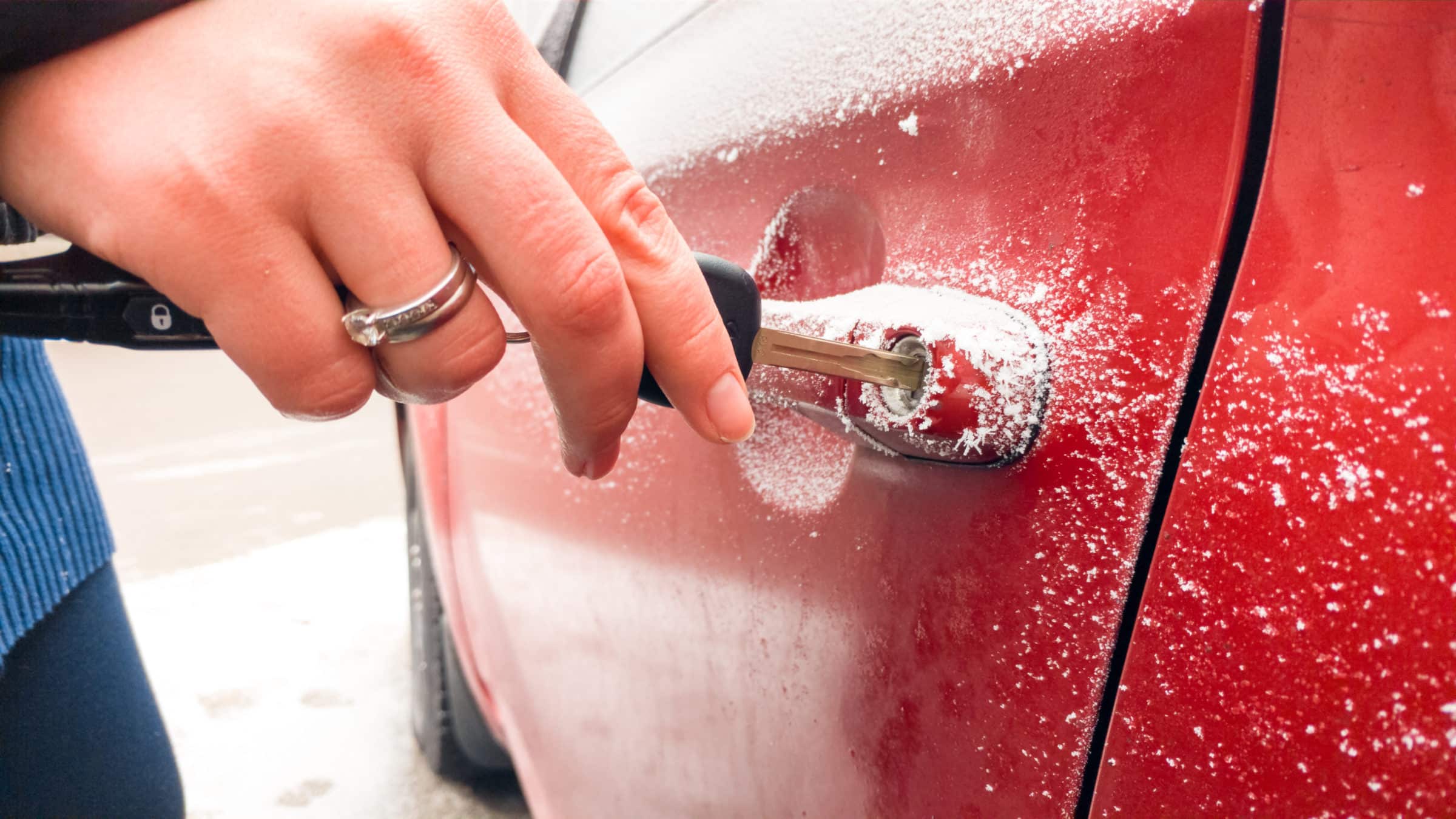


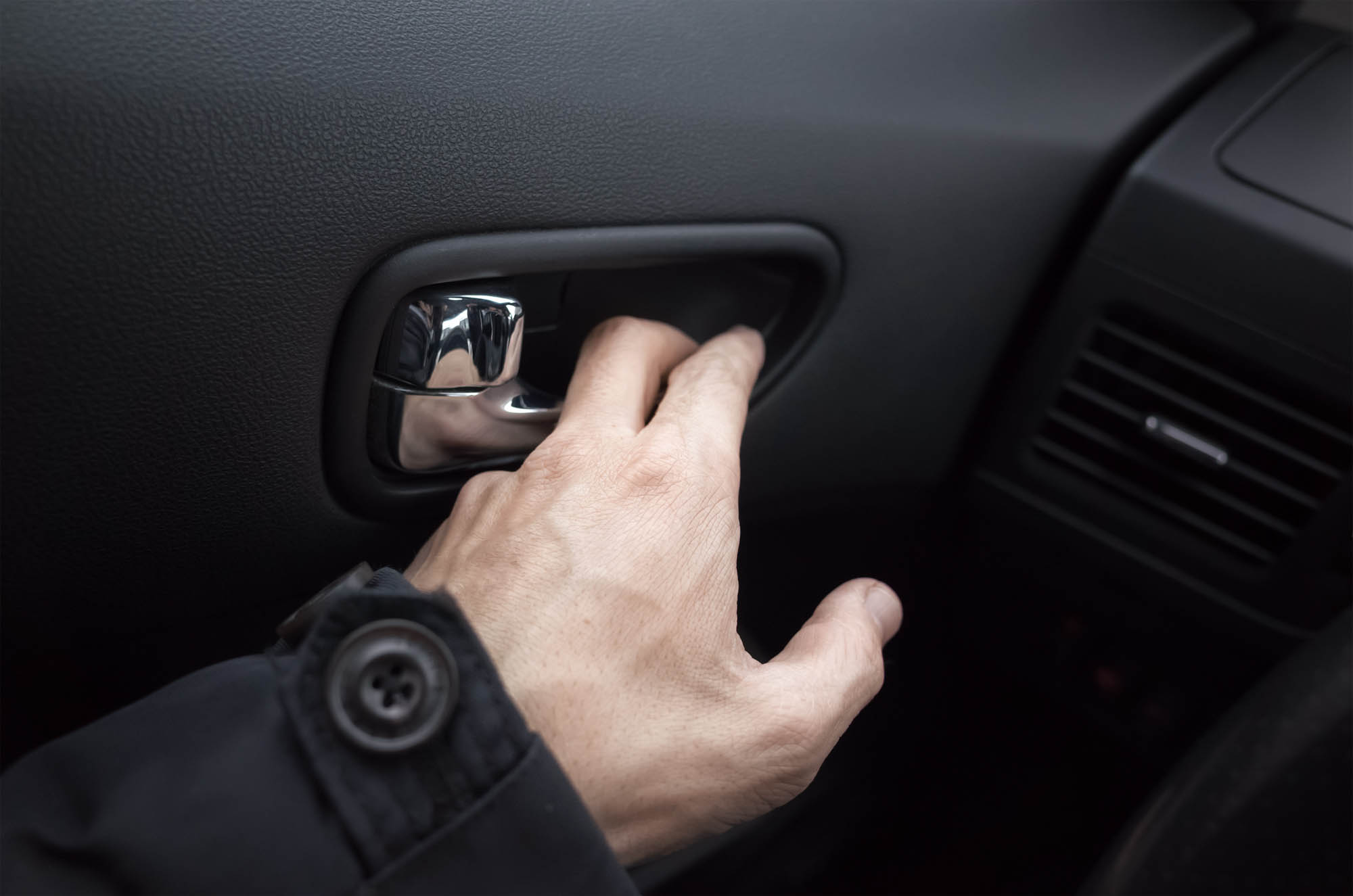
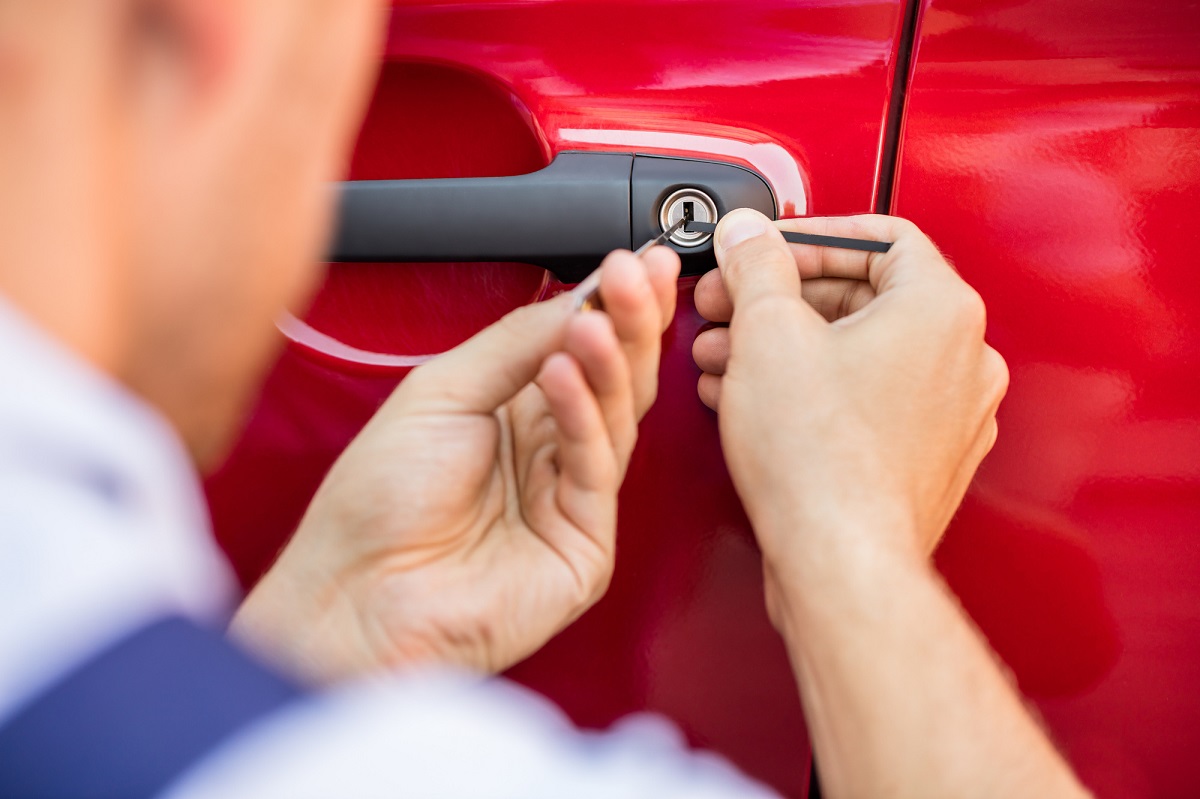
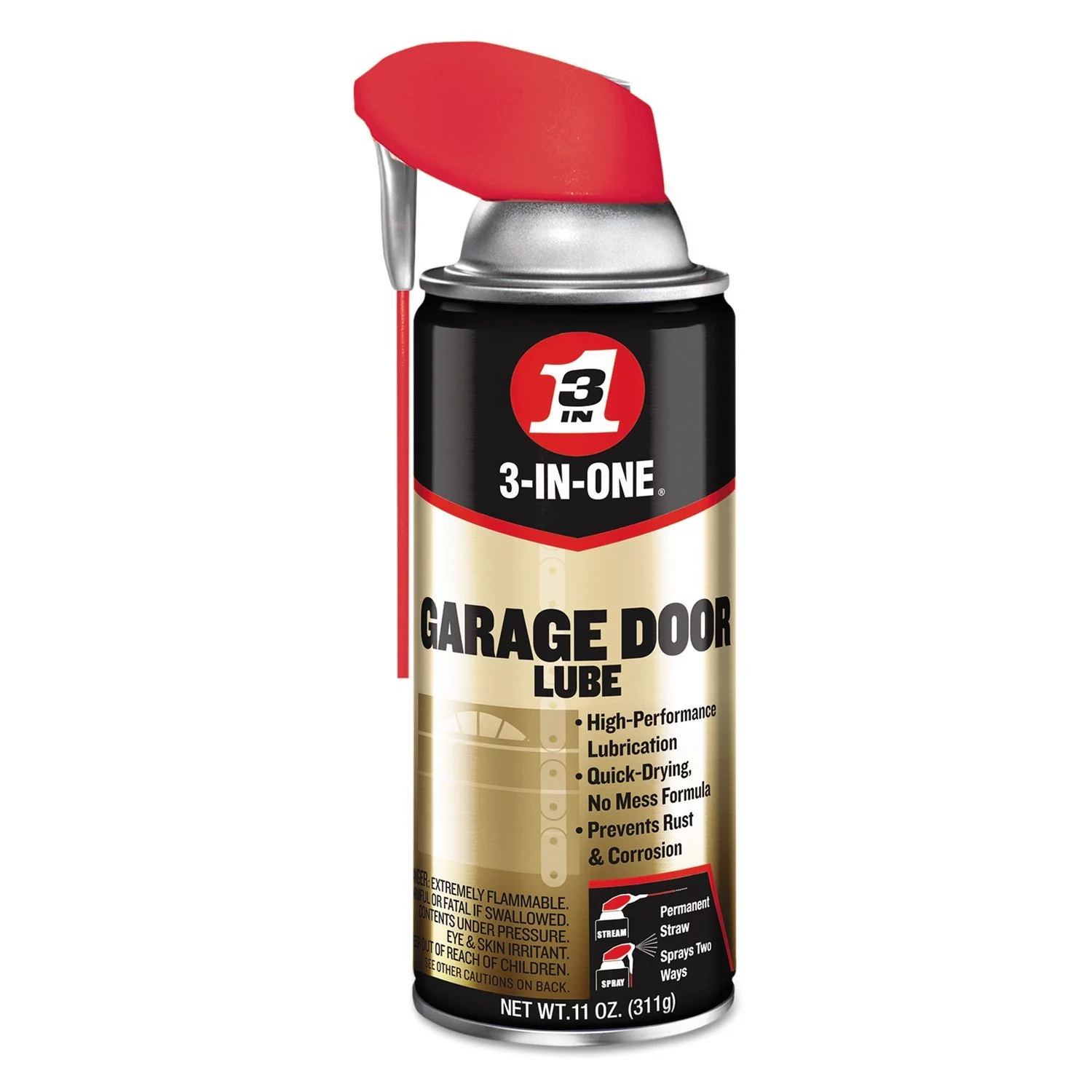
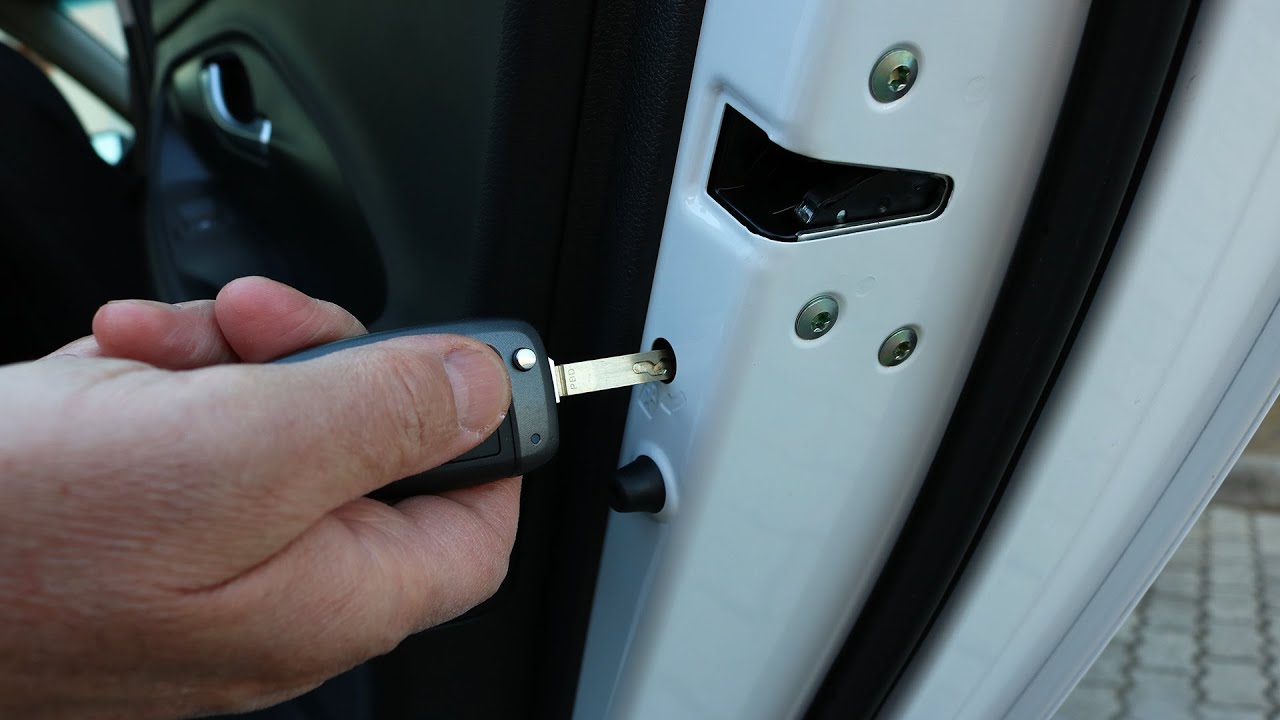

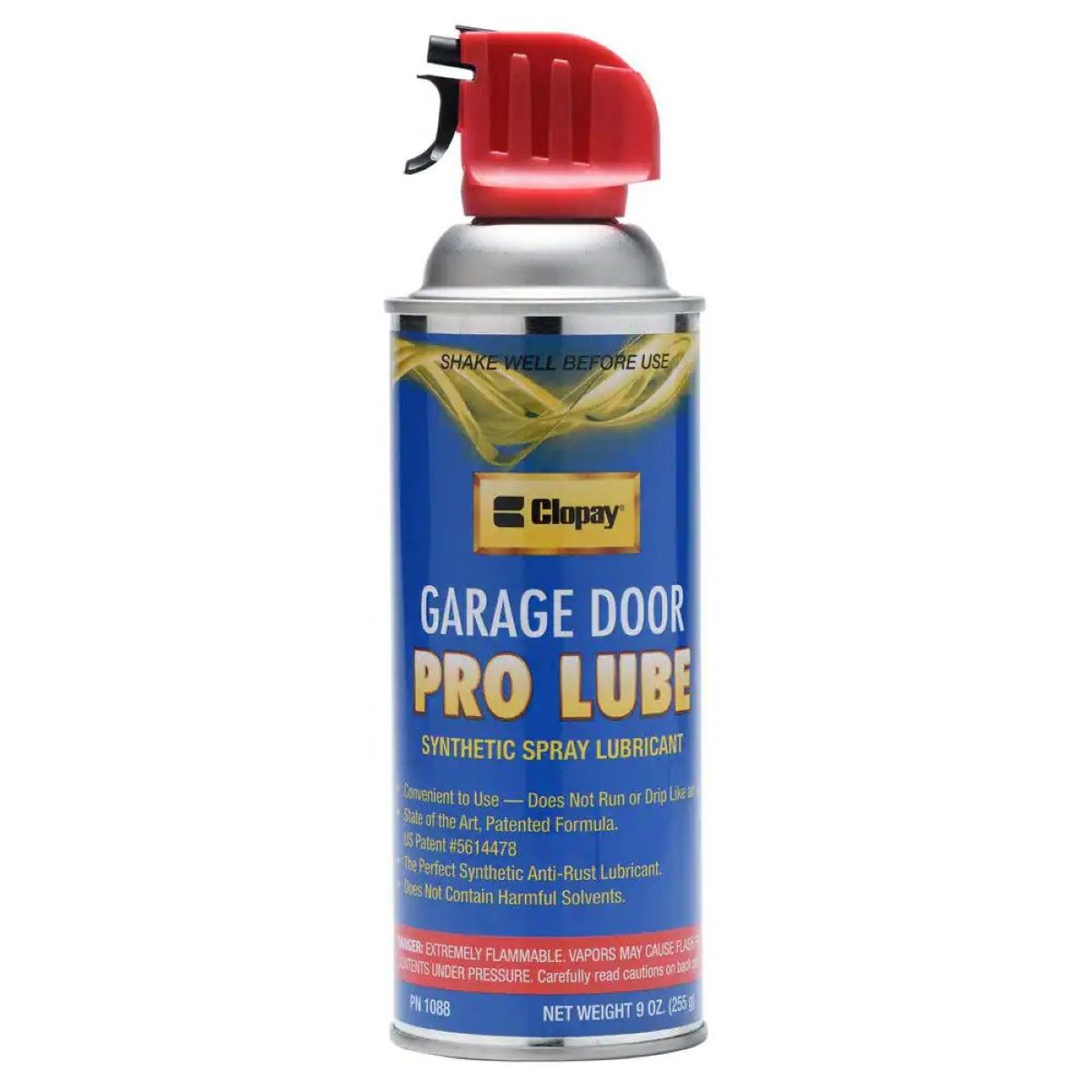

0 thoughts on “How To Lubricate A Car Door Lock”